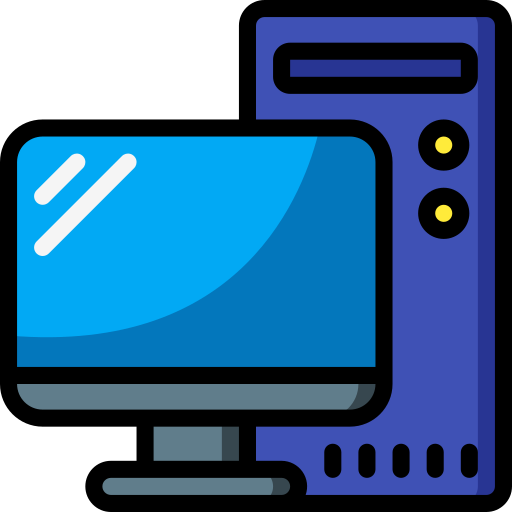

It’s possible there is dedicate system to do this, I haven’t researched it. But if not setting up syncthing would work. And if its a lot of data sync it local first then mail or drive the remote drive to them.


It’s possible there is dedicate system to do this, I haven’t researched it. But if not setting up syncthing would work. And if its a lot of data sync it local first then mail or drive the remote drive to them.
Elsewhere in China, phone inspections may not be standard but targeted. Although broader surveillance like the National Anti‑Fraud Center may be used.
Aka I ain’t travelling there
People have said that is exactly what happens. Some had full phone scan, other requirement is installing a china app and keeping it on your phone for your stay
You have to install an app on your phone and keep it their during your visit. Some people said they had a full phone scan done on entry. Don’t bring your regular phone bring a burner and don’t login to any of your accounts


Tailscale is great in that config is super simple. Downsides tailscale ssh has to be called at launch if you want ssh access over that network… Could be a benefit for security…however its a tailscale specific ssh and not everything is available.
Data servers moved to the USA a few ears back.
Wireguard is more setup, but a better (self host option ). There is also Headscale if you want to selfhost a tailscale type server


The only downside of Tailscale is a few years back they moved their data servers from Canada to the USA…so with the current administration this could become a privacy issue at some point


I’m eagerly waiting this rise. We run a proprietary CAD that always had a Unix \ Linux version in parallel with Windows, it was the better option once W10 took over W7 because W10 made it run slow and Linux version was peppy…Fast forward a few years and CAD vendor kills Linux GUI version citing only 1% usage globally. So here’s me hoping they start reversing that decision.
Do you know if you installed in legacy BIOS or EFI mode? If its EFI then most BIOS screens have a method to then pick the actual EFI entry (if the bootup discovers more than one) and you can then set it to boot Linux (and hopefully your Linux install did a probe OS and chainloaded to your Windows Boot). I had this issue before.
I also had an HP recovery partition getting invoked every time windows booted and detected change. The remedy wiping the drive to her ride of that stupid partition
Could be you need to set boot partition EFI in BIOS, or could be a recovery partition messing things up for you
I had no issue with HP, even with secure boot. Just had to pick boot order in BIOS
Gnome has touchscreen in mind, but you can totally use its hotkey system and navigate much quicker than point and click functions in Windows. Its a simple DE that gets out of your way to focus on your task, whenever I go back to Windows for work I’m frustrated by all the nonsense
It’s all we had in the early 90s for archiving :)
Gnome is different and at first I was lost, but after figuring out the basics is amazingly well integrated and just works as expected. KDE is super configurable but always feels a little off in a hard to describe way, like little quirks or lags or other papercuts.
OpenSUSE TUMBLEWEED, always updating, but they have an OpenQA tool that checks the builds for success, and if for some reason something did go bad you just reboot and pick the previous (automatic) snapshot. Lots of GUI tools to manage the system and packages via the various Yast2-GUI apps.
Good options. Croc is also useful for remote send to a random person. Pick your target file, it generates a three word code for the relay, end receiver types in three word code, the relay matches you up for a peer to peer transmission.